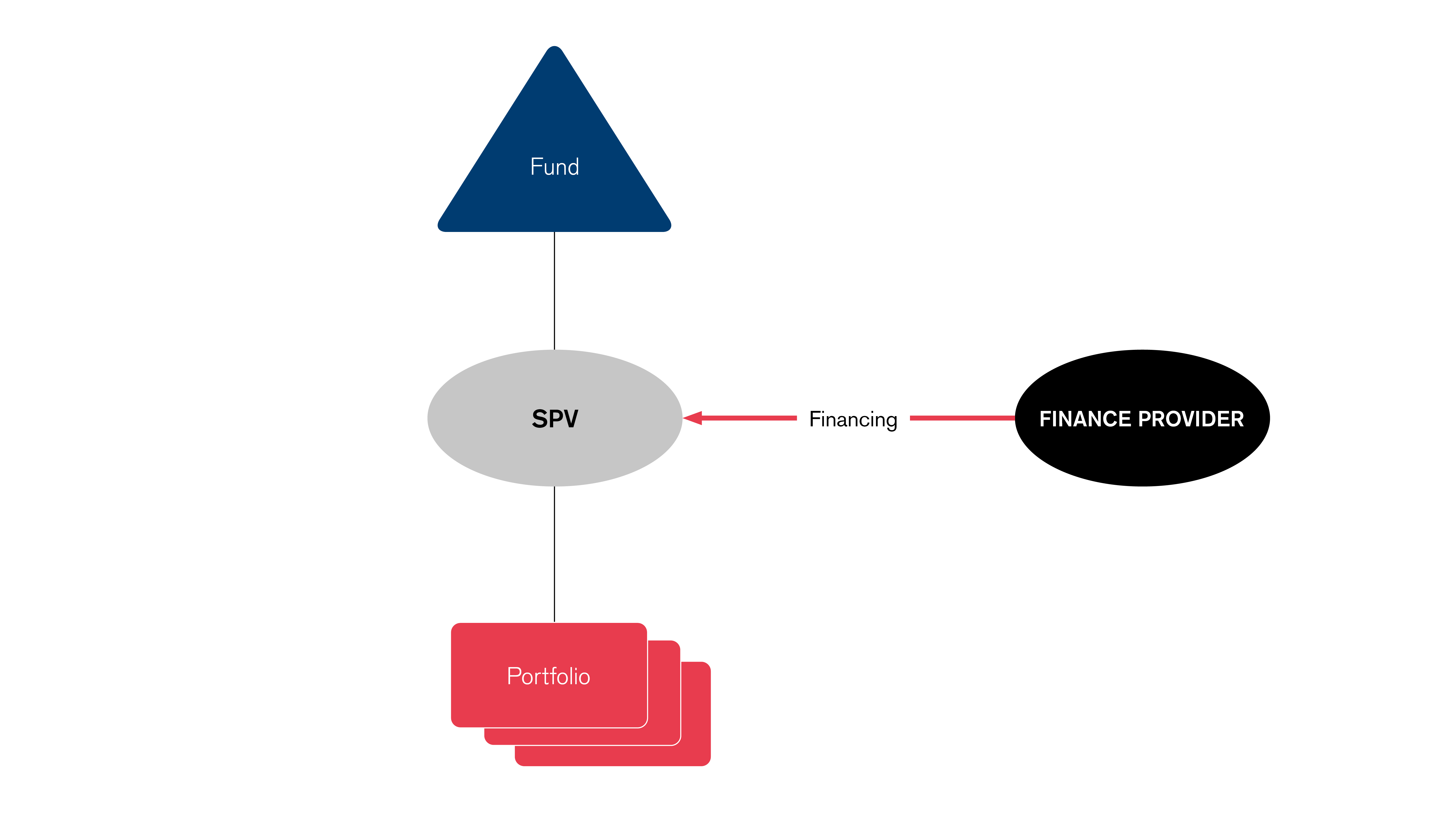Introduction: What Exactly Is NAV Finance?
NAV Finance Net Asset Value, better known as NAV, is one of the most essential metrics in the world of investing—especially when dealing with mutual funds, ETFs, and certain types of financial portfolios. But “NAV finance” is more than just a definition. It’s an entire approach to understanding how your investments are valued, how they grow, and why they behave the way they do in changing markets.
In today’s fast-moving financial landscape, investors want clarity. They want fast and accurate calculations, a clean way to compare options, and a simple way to judge whether their money is actually working for them. That’s where NAV finance enters the picture. It’s not just a number; it’s a framework for smarter investing.
More and more platforms, fund houses, and digital tools use NAV as a core reporting metric. As a result, understanding how it works—and how to apply it—can give you a major edge as an investor. If you’ve ever wondered why one fund seems to grow more steadily than another, or how to evaluate your holdings without drowning in financial jargon, this article breaks everything down in a clear, casual, expert-level way.
Understanding NAV: The Heart of Modern Investment Tracking

Before diving deeper into NAV finance as a concept, it helps to break down what NAV actually represents. At its simplest, NAV is the total value of a fund’s assets minus its liabilities, divided by the number of outstanding units. This gives you the per-unit value of the fund—basically, what one “share” of the fund is worth right now.
While that sounds straightforward, NAV is actually the financial backbone of fund valuation. It represents the fair value of the investments held inside a portfolio at the end of each trading day. If a fund owns stocks, bonds, or other financial instruments, all of their market prices contribute to the final NAV calculation. That’s why the NAV of a fund often changes daily; the market changes, so the value of the holdings changes too.
For everyday investors, NAV becomes a simple but powerful measurement tool. Even though many people confuse NAV with the “price” of a stock, it’s completely different. Stocks fluctuate every second. NAV typically updates only once a day after markets close. As long as you understand this difference, evaluating your investment performance becomes much easier.
Why NAV Finance Matters for Smart Investors
One of the biggest reasons NAV finance has become so important is that it offers transparency. When you know a fund’s NAV, you can see whether it’s growing over time, stagnating, or underperforming compared to similar funds. Instead of trying to decode complicated annual reports, you can track NAV like a simple scoreboard.
NAV finance also helps investors compare funds more responsibly. Two funds may have wildly different NAV values, but that doesn’t automatically make one “better” than the other. A higher NAV does not mean a fund is more profitable; it simply reflects how long the fund has existed and how its assets have grown. What truly matters is how consistently the NAV grows. That’s the sign of a well-managed fund.
For long-term investors, NAV finance is especially useful because it highlights consistency. Funds with stable, steady NAV growth are often better for building wealth over time than those that bounce up and down unpredictably. This is one of the reasons financial advisors emphasize NAV-based evaluations for retirement planning, college savings, and systematic investment strategies.
How NAV Influences Your Investment Strategy
If you’re building or optimizing your investment portfolio, NAV finance helps refine your strategy in several important ways. First, it lets you choose funds that match your risk tolerance. Steadily increasing NAVs often indicate lower risk because the fund manager invests in stable assets. On the other hand, funds with more volatile NAVs may be better suited for short-term or high-risk, high-reward strategies.
Another strategic benefit of tracking NAV is understanding market timing. Unlike individual stock prices, which can swing unpredictably, NAV allows for smoother decision-making. Since it updates at the end of the trading day, you avoid the emotional ups and downs of intraday volatility. This is particularly helpful if you’re investing through SIPs (Systematic Investment Plans), where regular contributions are made regardless of NAV changes.
Finally, NAV gives you a reliable way to monitor whether a fund aligns with your long-term goals. If your fund’s NAV has been flat for months while similar funds are steadily rising, it may be worth reconsidering your choices. Smart investors look for trends—not just the number on a single day. NAV finance makes it easier to spot patterns and adjust your strategy before small issues become big problems.
NAV Finance vs. Market Price: Clearing Up Common Confusion
One of the most common misconceptions in investing is assuming that NAV works the same way market prices do. In reality, they’re completely different, and mixing them up can lead to poor investment decisions. NAV is a mathematical calculation based on actual asset values, not investor demand. Market prices, however, fluctuate based on buying and selling activity.
Understanding this difference can help you avoid emotional decisions. For example, if you see a mutual fund with a low NAV, it doesn’t automatically mean it’s “cheap” or a good opportunity. Unlike stocks, where lower price can sometimes indicate a bargain, NAV simply reflects the structure of the fund. A newly launched fund often has a low NAV, while an older fund tends to have a higher one.
This is why experts say “don’t pick funds based on their NAV alone.” Instead, focus on returns, fund management quality, expense ratios, and long-term performance trends. NAV is just one part of the story. When used correctly, it becomes a powerful tool—but only when combined with a deeper understanding of market behavior and financial strategy.
The Growing Role of Technology in NAV Finance
With the rise of digital finance platforms, the way NAV is tracked, calculated, and interpreted has evolved dramatically. Modern tools can display real-time updates, long-term charts, and comparison dashboards that make NAV analysis far more approachable for beginners. Instead of digging through PDFs or waiting for next-day reports, investors now have instant access to clean, visual data.
These tools don’t just show numbers—they help decode them. For example, some platforms highlight how a fund’s NAV reacts during market volatility or how it performs compared to industry benchmarks. Others allow you to simulate future growth based on historical NAV patterns. This kind of insight empowers investors to make informed, data-driven decisions instead of relying purely on guesswork.
Technology has also made NAV more accessible for investors who previously found financial terminology overwhelming. Casual investors can now track their holdings in simple dashboards, receive alerts when NAV dips or rises, and view projections that help them plan more confidently. In short, NAV finance has evolved from a technical concept to a user-friendly investment companion.
Final Thoughts: Why NAV Finance Is Essential for Today’s Investors
At its core, NAV finance is about clarity—giving you a real, accurate view of what your investments are worth. In a world where markets move fast and financial products are becoming increasingly complex, NAV remains a stable, dependable metric that cuts through the noise. Whether you’re investing for retirement, building long-term wealth, or simply exploring mutual funds for the first time, understanding NAV can significantly improve your decision-making.
More importantly, NAV finance teaches you to evaluate performance objectively. Instead of following trends or reacting emotionally to market swings, you can use NAV to track steady, meaningful growth. It’s one of the most reliable ways to understand whether your money is working for you and where adjustments may be needed.
If you want to become a more confident, informed investor, start by mastering NAV. Once you understand how it works, you’ll see your entire investment portfolio with sharper clarity—and make smarter moves because of it.
You May Also Read
Healthcare Reputation Management
Jennifer Lopez and Ben Affleck

















































































